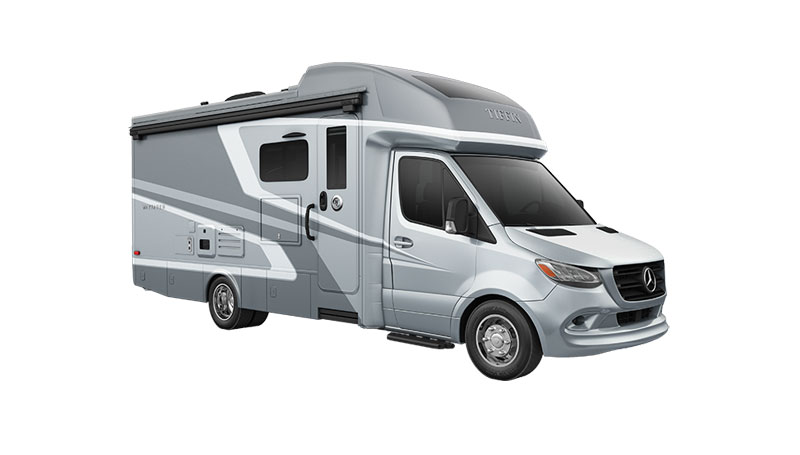Understand Your Different Heat Sources
After insulation, it's time to move on to your heat source. In our RV, we have two types of furnaces: one that uses electricity (heat pump) and one that runs on propane. We keep both in good working condition by regularly cleaning them, making sure the vents are open and clear of debris, and checking the pipes and ducts for any signs of damage. When cleaning and inspecting your heat sources, don't forget to inspect any exterior venting, as these are popular places for critters to hide. Our electric heat pump works best when it is above 40 degrees, so we always keep an eye on our propane levels to ensure we have enough in case we need to switch over. You may want to consider bringing a small space heater if you’re going somewhere cold and your destination offers full hook-ups. We have found that having a space heater helps reduce our furnace usage and provides some extra, direct warmth. Look for space heaters that can be thermostatically controlled, have a tip-over switch that automatically turns the heat off if it gets knocked over, and an auto-off feature so you don’t accidentally leave it on for hours on end. For safety reasons, we recommend only using a space heater while you are physically in the RV.
Bonus Tip: Make sure your carbon monoxide and smoke detectors are working properly before you turn on the furnace. Pack some extra batteries just in case they stop working while on the road.

Don’t Forget About Your Solar Panels
Another thing to keep in mind are your solar panels. Your destination may be heavily shaded, cloudy or simply have less sunlight hours if you’re traveling during the winter months, all of which can limit your solar power. If your RV doesn’t have a generator to charge your batteries and run your furnace, you may want to rethink where to camp and focus on places that offer full hook-ups.
Tips To Avoid Frozen Tanks And Pipes
Even if you’re not planning to travel somewhere where there is snow or freezing weather, sudden storms and cold fronts can dramatically drop temperatures, leaving your tanks and pipes at risk of freezing. One option is to fully winterize your three holding tanks before you leave, and then simply use public restrooms and bring large containers of fresh water. If this option isn’t for you and you want to focus on pipe and tank heaters instead, we suggest asking a local professional to help install these on your RV. Even if your RV already has heaters, we still recommend keeping your black and gray tanks less than half full and adding some non-toxic antifreeze to both tanks. You should also keep any values shut when you’re not using them and try to avoid keeping lines connected to water or sewer when you’re not actively filling or dumping. A heated water hose is another great option to help protect against freezing.
Bonus Tip: Keep any under-sink cabinets open to allow warm air to circulate around the pipes.












